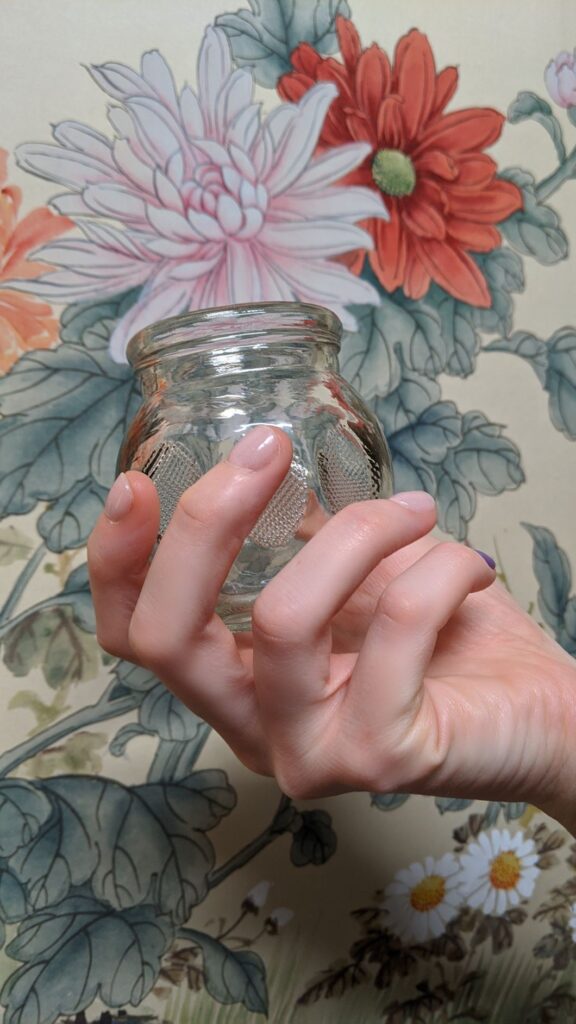What Is Cupping?
Cupping therapy is the ancient Chinese medicine practice of applying suction to the skin to effect healing. Today it is used in many countries around the globe for a long list of conditions ranging from headaches to skin disorders.
Using manual suction or fire to create a vacuum, skin and muscle are stretched into the cups, holding them in place. After a few minutes, the cups are removed, releasing the suction and inducing a deep feeling of relaxation.
When the body is imbalanced by disease, stress, or dysfunction, it creates blocked blood flow. The stagnant microcirculation targeted by cupping is part of a chain reaction that may result in pain, inflammation, poor sleep, among other symptoms. The suction from cupping breaks up the stagnation and results in a boost to whole-body circulation and recovery.
The benefits of cupping include:
- Less pain
- Less muscle tension
- Decreased allergy symptoms
- Better immune system regulation
- Better sleep
- Clearer skin
- Balanced emotions
- Improvement in chronic illness
- Improved whole body functioning
The circular marks sometimes left from cupping therapy indicate stasis of blood from the treatment. This “managed bruising” induces the body’s biofeedback system into repair mode, resulting in systemic renewal and revitalization. The marks generally last 2–7 days.
Scientific evidence supports cupping as a safe and effective therapy. A 2010 systematic review of 550 clinical studies of cupping—73 of which were randomized controlled trials—covered many conditions, with pain being the most common. The researchers concluded “the majority of studies show potential benefit on pain conditions, herpes zoster, and other diseases.”
If you have any questions about cupping or wonder how it might help you, give Selby Acupuncture a call or ask your provider at your next visit.
written by Joanna
Resource:
Cao, H., Han, M., Li, X., et al. Clinical research evidence of cupping therapy in China: a systematic literature review. BMC Complementary and Alternative Medicine. 2010; 10:70. doi:10.1186/1472-6882-10-70.
